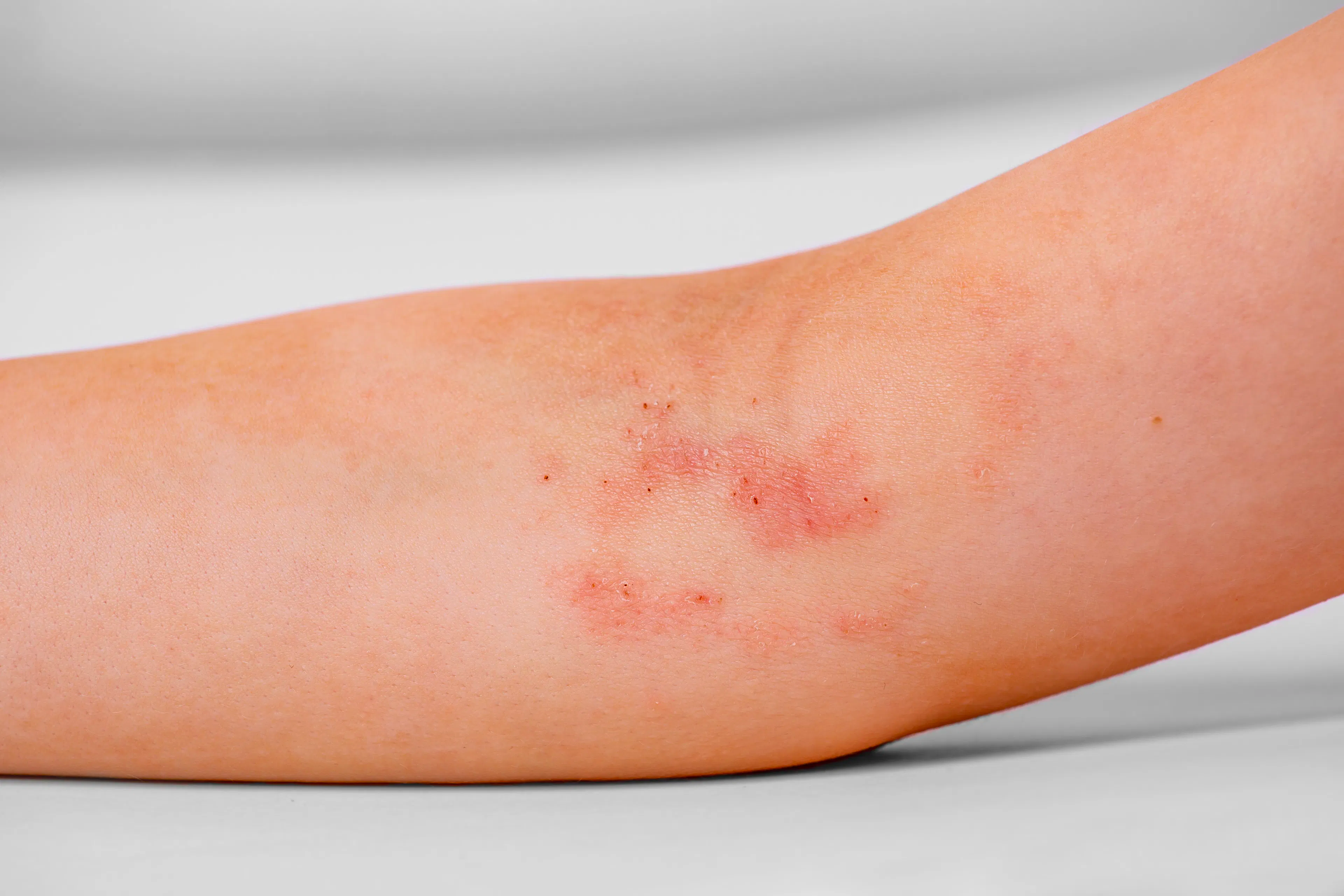Contemporary Pediatrics week in review: New topline data for tapinarof cream and linaclotide
Review some of the top stories from the Contemporary Pediatrics website over the last week, and catch up on anything you may have missed.
Image Credit: Contemporary Pediatrics

Thank you for visiting the Contemporary Pediatrics® website. Take a look at some of our top stories from last week (Monday, January 8 to Friday, January 12, 2024), and click on each link to read and watch anything you may have missed.
1.) New topline phase 3 data for tapinarof cream 1% to treat AD in children
New interim data from the on-going, long-term extension ADORING 3 study and from an integrated analysis of the entire ADORING development program revealed efficacy and safety using tapinarof cream 1% continued beyond 8 weeks of treatment.
Click here for full details and topline data from Dermavant Sciences.
2.) Safety and efficacy of FDA-approved linaclotide reinforced with new phase 3 data
Compared to placebo, linaclotide demonstrated a statistically significant and clinically meaningful improvement in spontaneous bowel movement(s) (SBM) frequency rate, and was subsequently approved by the FDA in June 2023.
Click here for full details and topline data from Ironwood Pharmaceuticals.
3.) FDA accepts sBLA for NexoBrid to remove eschar in pediatric thermal burn patients
MediWound Ltd is seeking to expand the label for NexoBrid, already approved for eschar removal in adult patients, to the pediatric indication after the FDA accepted a supplemental Biologics Application for this patient population.
4.) Increased household transmission of influenza A observed in 2021-2022 vs prior seasons
Though more research is needed to determine reasons for the association, a study published in JAMA Network revealed the 2021-2022 influenza season was associated with a significantly higher household transmission risk compared to pre-pandemic seasons.
5.) Marstacimab reduces annualized bleeding in hemophilia A and B patients
Marstacimab reduced the annualized bleeding rate (ABR) by 35% and nearly 92%, respectively, compared to routine prophylaxis and on-demand treatment in hemophilia A and B patients without inhibitors, according to Pfizer.




